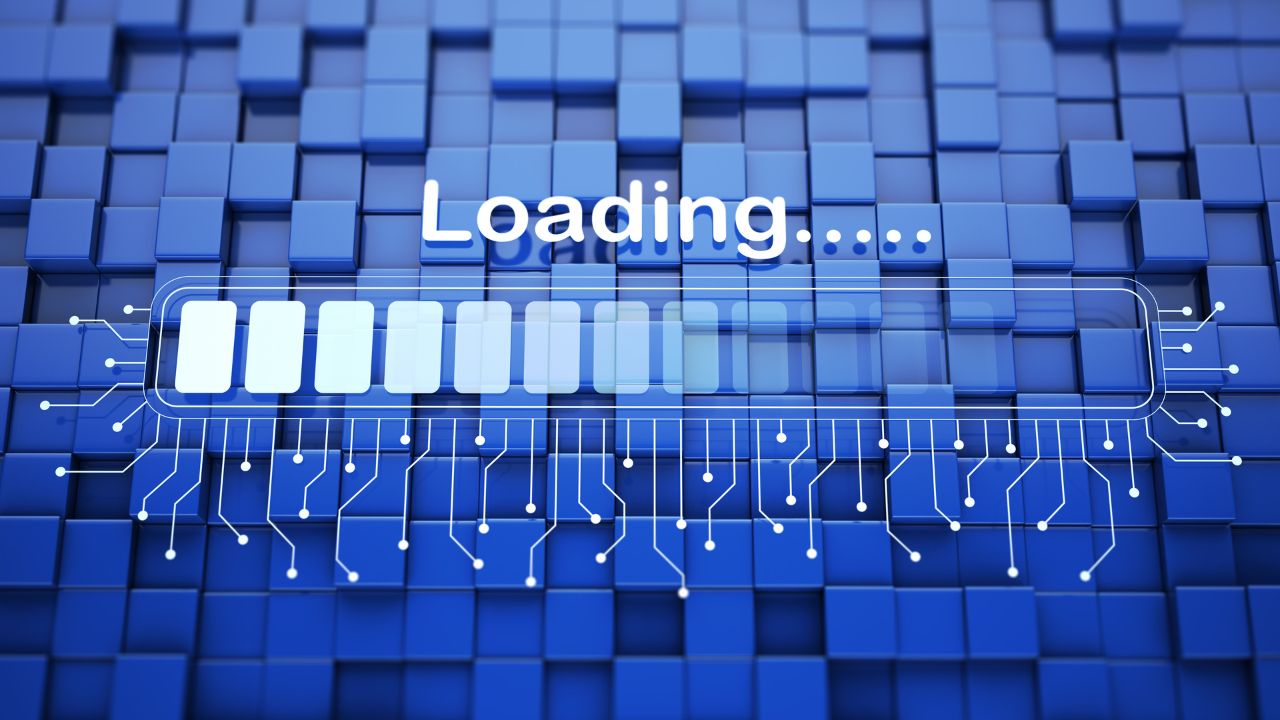Understanding Image Formats: JPEG vs PNG vs WebP vs AVIF
October 22, 2025 · 7 min read • #image formats#WebP#AVIF#JPEG#PNG#image optimization
Choosing the right image format can save bandwidth, improve SEO, and make your website feel lightning-fast — all without sacrificing visual quality.
🧩 Why Image Format Matters
Image format affects:
- File size — smaller formats load faster
- Visual quality — less compression noise or blurring
- Browser compatibility — older browsers may not support newer formats
- Transparency support — important for logos, icons, and overlays
Optimizing format choice is one of the easiest ways to improve page speed.
🖼 JPEG (Joint Photographic Experts Group)
Best for: Photographs, gradients, and detailed visuals
JPEG is one of the oldest and most widely supported image formats. It uses lossy compression, which means some data is discarded to reduce file size.
✅ Pros
- Small file sizes at moderate quality settings
- Supported everywhere (all browsers, devices, and editors)
- Great for complex, colorful images like photos
❌ Cons
- No transparency support
- Repeated saving degrades quality
- Doesn’t perform well for sharp text or line art
💡 Recommended Use
- Product photos
- Blog post images
- Photography-heavy websites
You can compress and export optimized JPEGs directly in your browser with our Image Compressor.
🧊 PNG (Portable Network Graphics)
Best for: Icons, UI graphics, and images with transparency
PNG uses lossless compression, keeping every pixel intact — perfect for crisp edges and transparency.
✅ Pros
- Supports transparency (alpha channel)
- High visual fidelity
- Ideal for line art, logos, and text overlays
❌ Cons
- Larger file sizes
- Inefficient for photos
💡 Recommended Use
- App icons, illustrations, and interface graphics
- Transparent elements like watermarks or layered designs
For smaller PNGs, try compressing them with our Image Compressor Tool. It supports lossless WebP conversions for transparency with smaller file sizes.
🌐 WebP (Developed by Google)
Best for: All-around use on modern websites
WebP combines the best of JPEG and PNG — smaller files, high quality, and optional transparency.
✅ Pros
- 25–35% smaller than JPEG at the same quality
- Supports both lossy and lossless compression
- Includes alpha transparency and animation support
- Fully supported by Chrome, Edge, Firefox, Safari, and Opera
❌ Cons
- Slightly longer encoding times
- Not supported by some legacy browsers (e.g., IE)
💡 Recommended Use
- Everyday website images (banners, blog thumbnails, hero images)
- Replace both PNGs and JPEGs with a single modern format
Convert your images to WebP easily using our Image Compressor.
⚙️ AVIF (AV1 Image File Format)
Best for: Maximum compression and next-gen optimization
AVIF is based on the AV1 video codec and delivers superior compression compared to WebP and JPEG.
It’s designed for the future — ultra-small files with minimal visual loss.
✅ Pros
- 30–50% smaller than WebP or JPEG
- Supports HDR, transparency, and animations
- Exceptional quality preservation at low bitrates
❌ Cons
- Slower encoding time (especially on older devices)
- Not fully supported on some legacy browsers
💡 Recommended Use
- High-performance sites where speed is critical
- Portfolios, landing pages, or e-commerce platforms
Our Image Compressor Tool supports AVIF conversion directly in your browser. It’s the fastest way to shrink large photos with no uploads.
🧮 Comparison Table
| Feature | JPEG | PNG | WebP | AVIF |
|---|---|---|---|---|
| Compression Type | Lossy | Lossless | Lossy/Lossless | Lossy/Lossless |
| Transparency | ❌ | ✅ | ✅ | ✅ |
| Animation | ❌ | ❌ | ✅ | ✅ |
| Browser Support | ✅ All | ✅ All | ✅ Modern | ⚠️ Modern Only |
| File Size Efficiency | ⭐⭐ | ⭐ | ⭐⭐⭐ | ⭐⭐⭐⭐ |
| Ideal For | Photos | Graphics/UI | Web images | Advanced optimization |
💡 How to Choose the Right Format
| Use Case | Best Format | Why |
|---|---|---|
| Photos / Blog Banners | WebP or AVIF | Best compression with great quality |
| Logos & Icons | PNG or SVG | Crisp edges, transparency |
| Product Photos | WebP or AVIF | Faster e-commerce performance |
| UI Screenshots | WebP or PNG | Sharper details, smaller size |
| Animated GIFs | WebP or AVIF | Better compression than GIF |
🧰 Convert Between Formats Instantly
No need for Photoshop or heavy desktop apps — you can convert and compress images directly in your browser using our free tool:
It supports:
- JPG → WebP / AVIF
- PNG → WebP / AVIF
- WebP ↔ AVIF
- Automatic resizing and preview before download
Everything happens locally on your device — fast, private, and secure.
🌍 Why Modern Formats (WebP & AVIF) Are the Future
The web is moving toward smaller, smarter formats that reduce bandwidth and improve page experience.
In 2025 and beyond:
- AVIF will dominate high-quality imagery
- WebP will remain the standard for everyday sites
- Legacy formats like JPEG and PNG will phase out slowly
By adopting these early, you’ll future-proof your site’s performance.
✅ Summary
- JPEG: Classic, widely supported, good for photos
- PNG: Best for graphics, icons, and transparency
- WebP: Best all-round choice for modern websites
- AVIF: Smallest size, best quality, future-ready
💡 Optimize, compress, and convert images instantly with our Image Compressor Tool.
No uploads, no privacy risks — everything happens in your browser.
Enjoyed this post? React below 👇
Related Posts

AI vs Traditional Algorithms: Who Wins in Image Optimization?
Explore the differences between AI-based and traditional image optimization methods. Learn how deep learning, neural compression, and smart encoding outperform legacy algorithms like JPEG and PNG in 2025.

Behind the Scenes: How Compression Algorithms Work in 2025
Explore how modern compression algorithms work in 2025 — from neural encoding and predictive analysis to adaptive quality control. Learn how AI and traditional models combine for faster, smarter image optimization.

Best Practices for Optimizing Images for Faster Website Loading
Learn the top best practices for optimizing images to improve website loading speed, Core Web Vitals, and SEO in 2025 — including compression, responsive formats, and AI-driven optimization tools.
Frequently Asked Questions
What is the best image format for websites in 2025?
For most websites, WebP and AVIF offer the best balance between image quality, file size, and browser compatibility.
Should I convert all my images to WebP or AVIF?
Yes, if your audience uses modern browsers. WebP works on all major browsers, and AVIF offers even smaller sizes with great quality.
When should I still use JPEG?
Use JPEG for photographic content if you need older browser support or when quality-to-size ratio is acceptable.
Is PNG still useful?
Yes. PNG remains the best choice for transparency, text-based graphics, and sharp line art where lossless quality is required.
How can I easily convert between image formats?
Use our free [Image Compressor Tool](/image-compressor) to convert images instantly between JPEG, PNG, WebP, and AVIF — right in your browser.